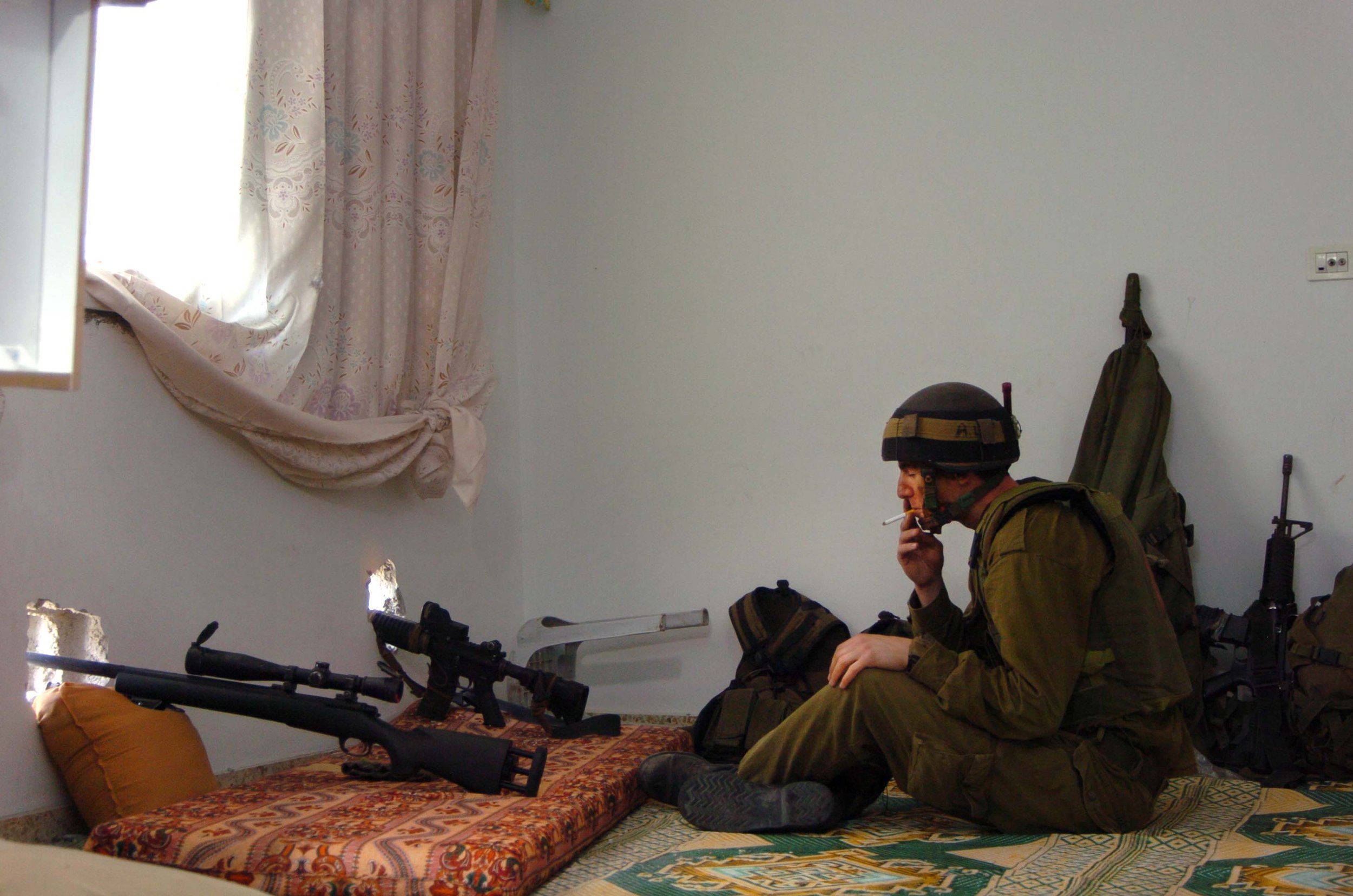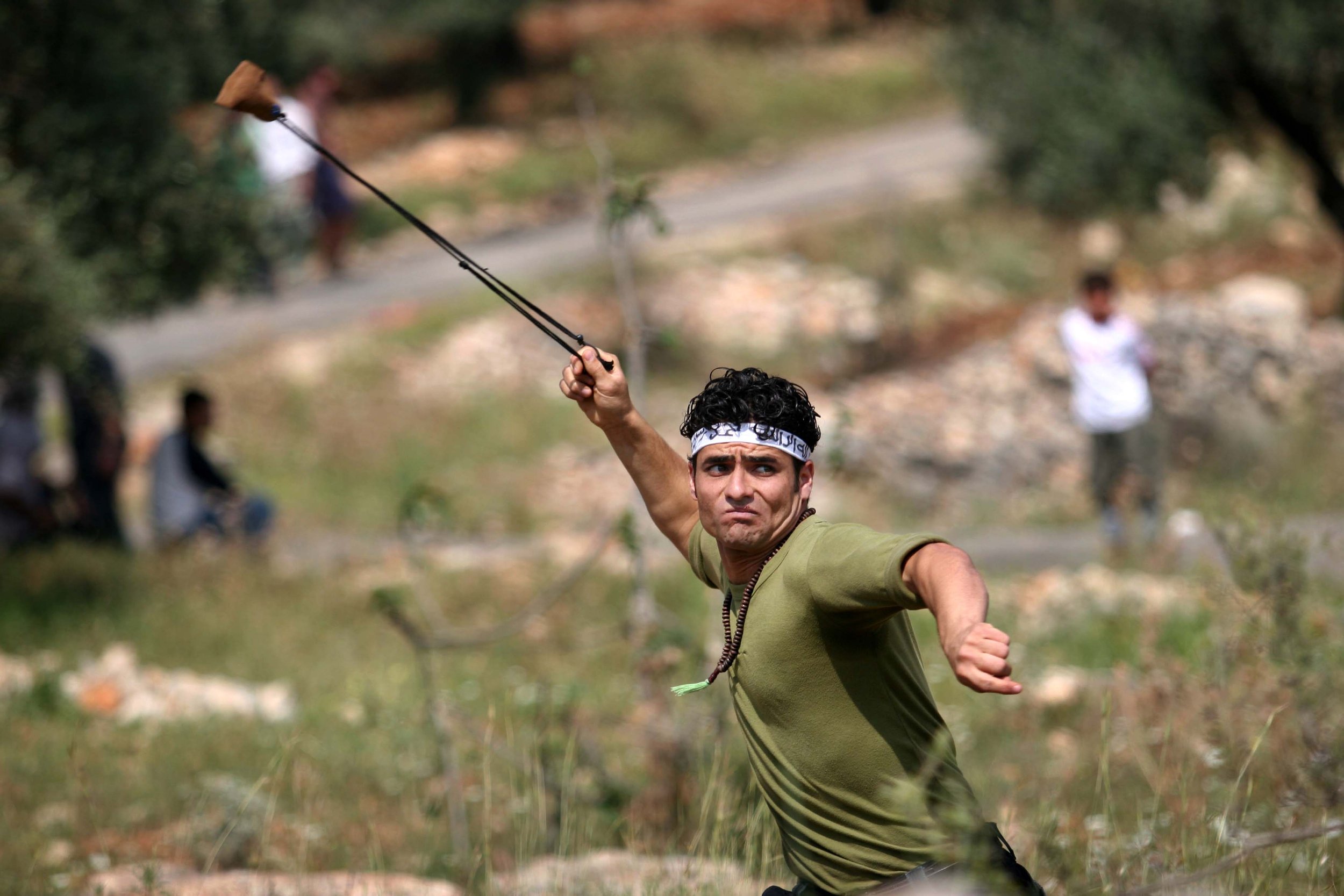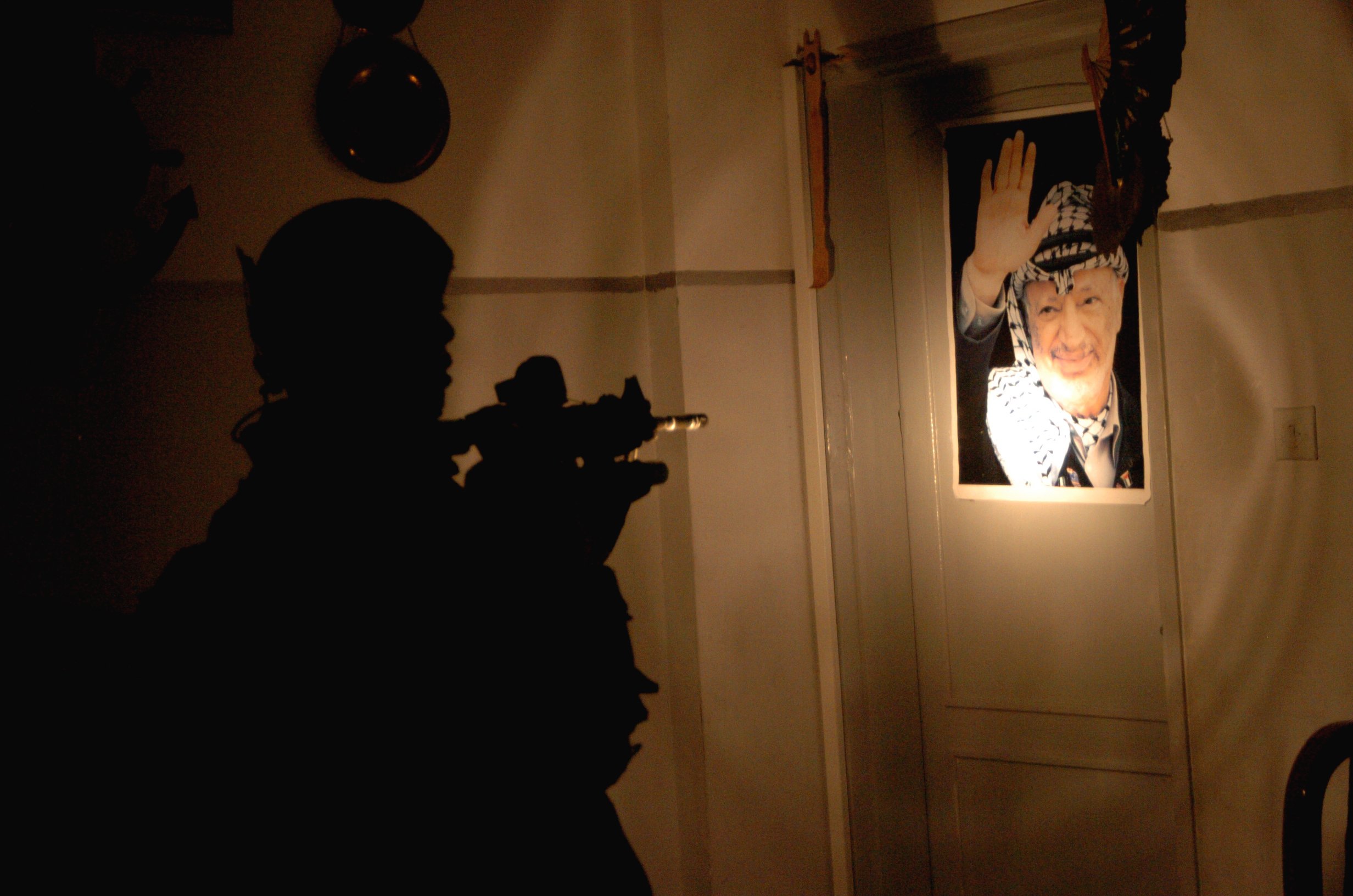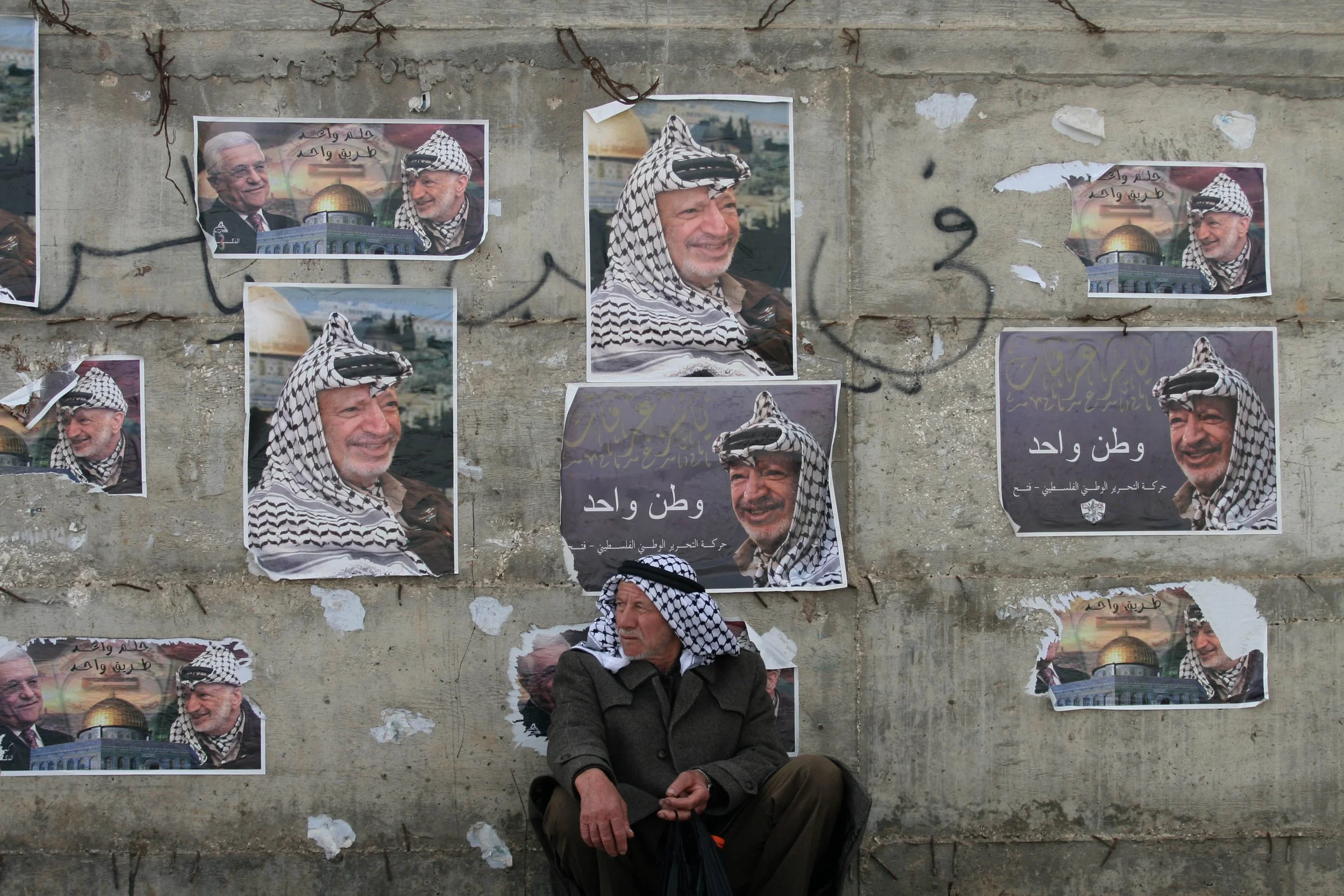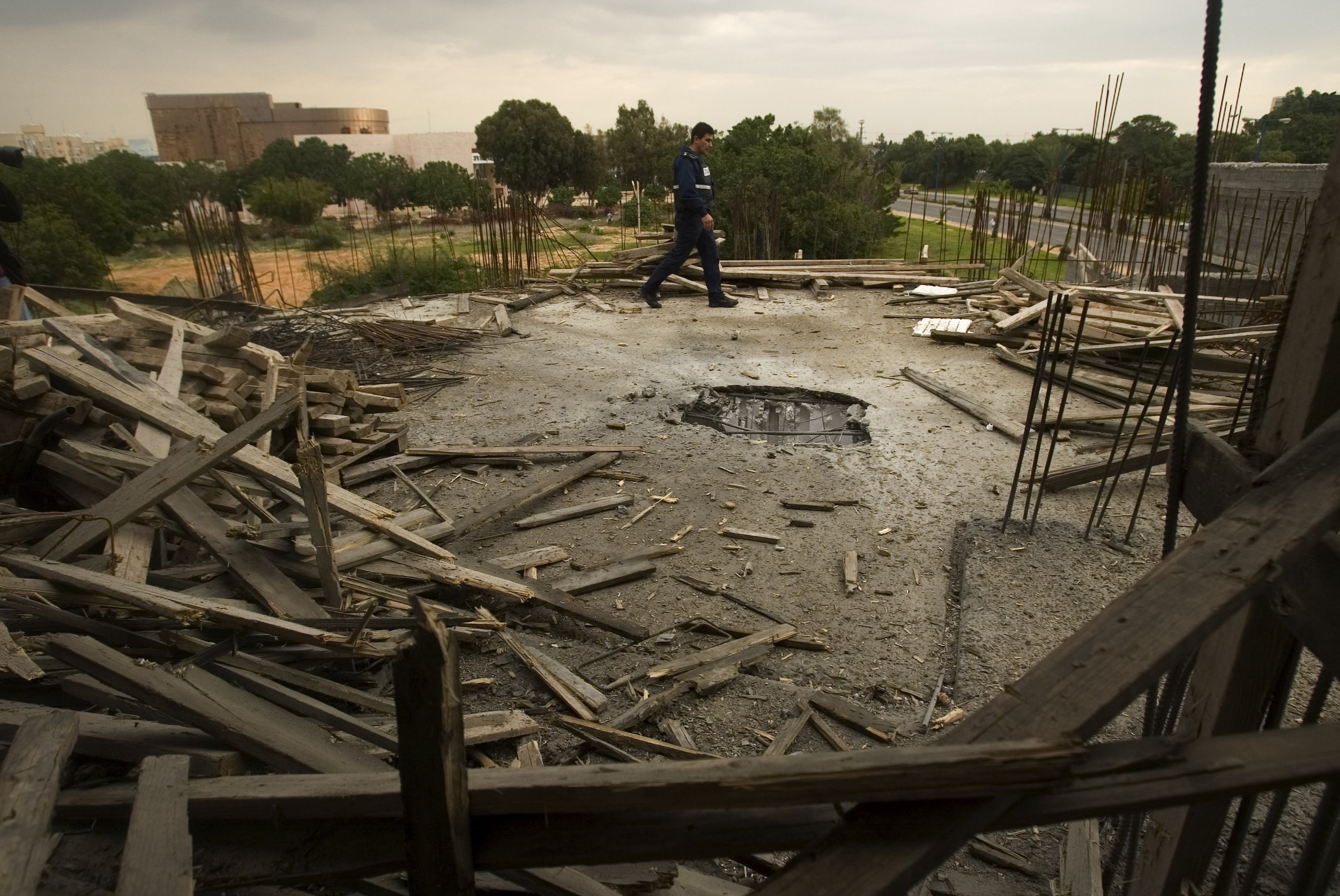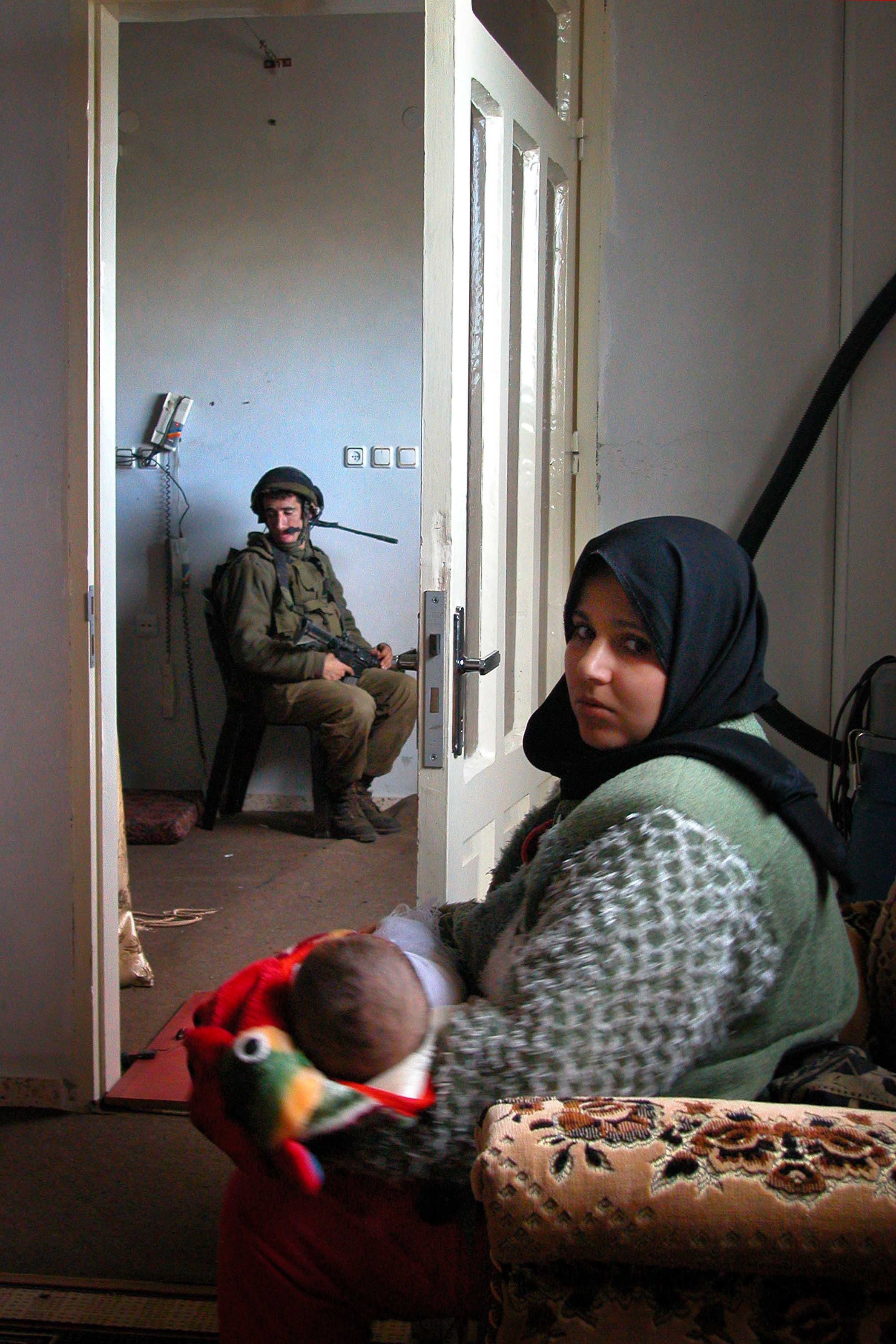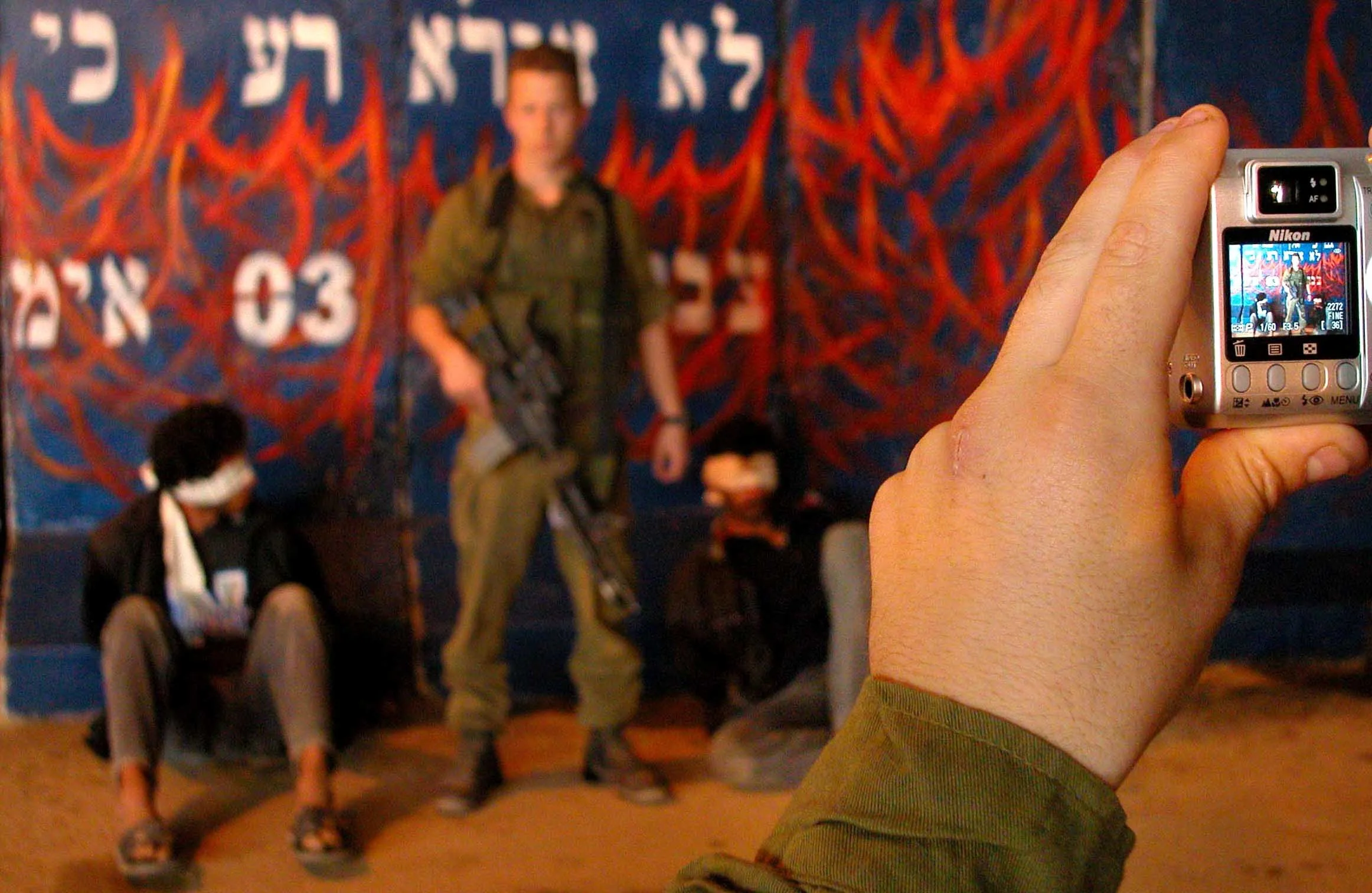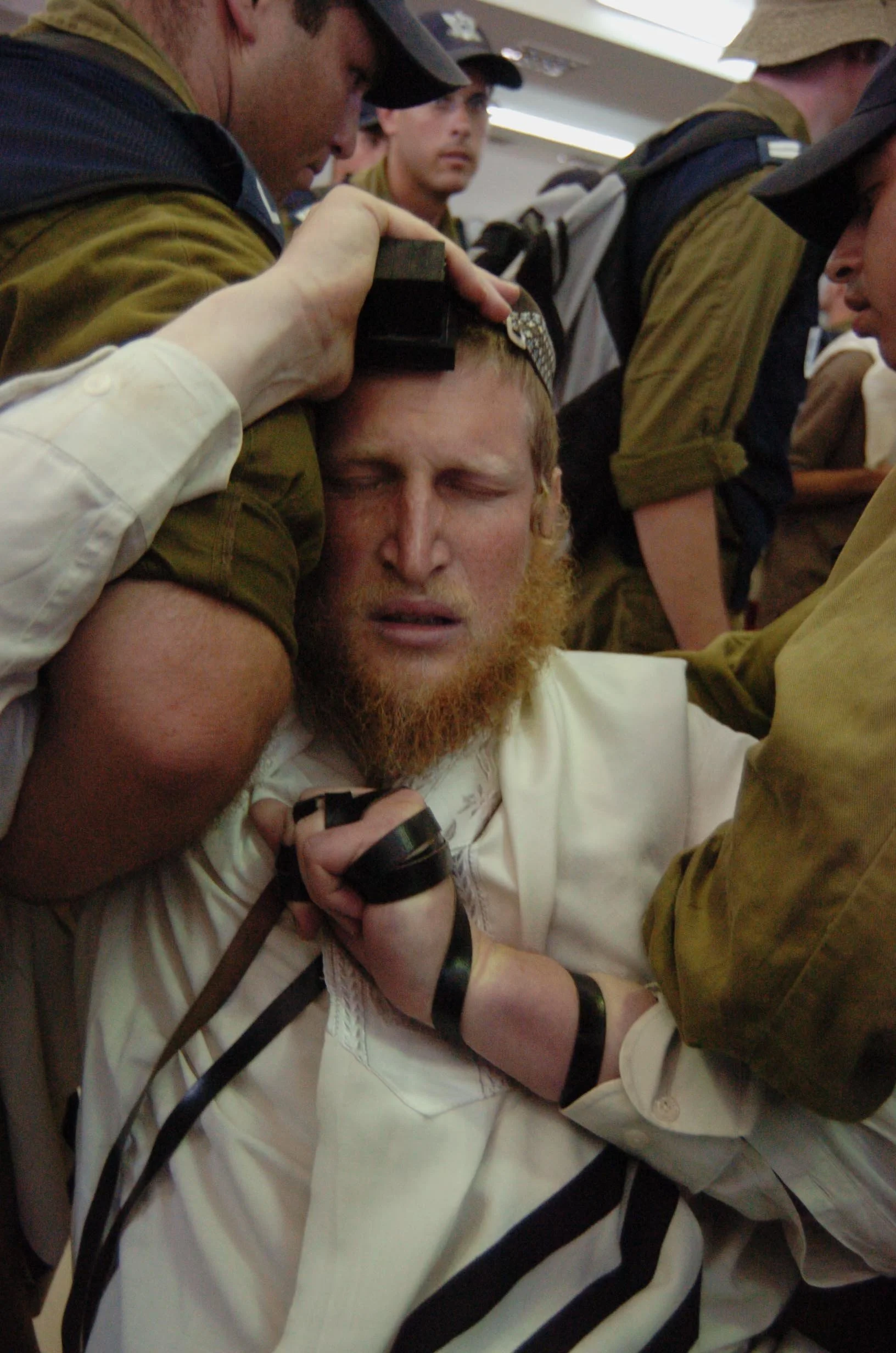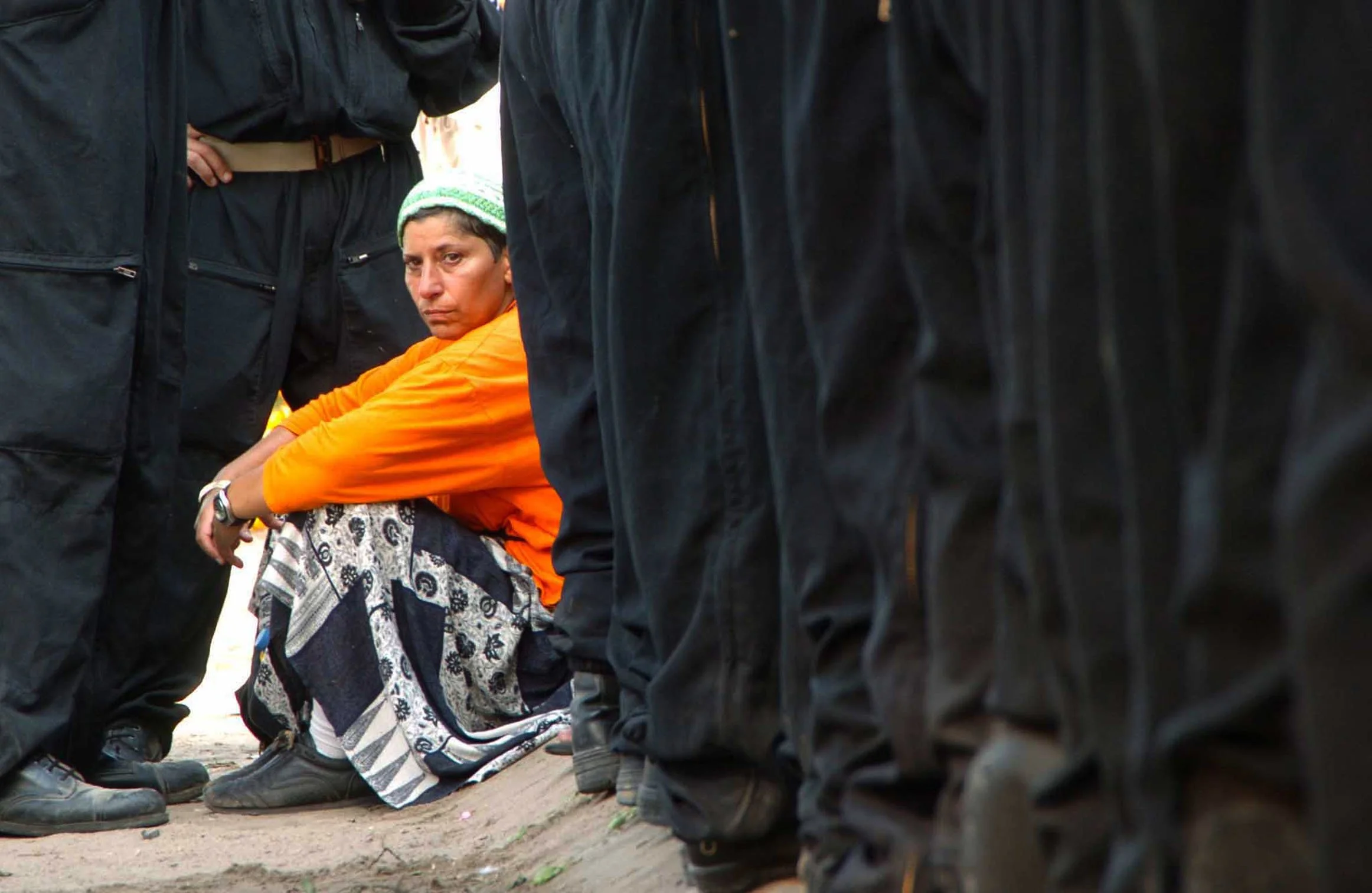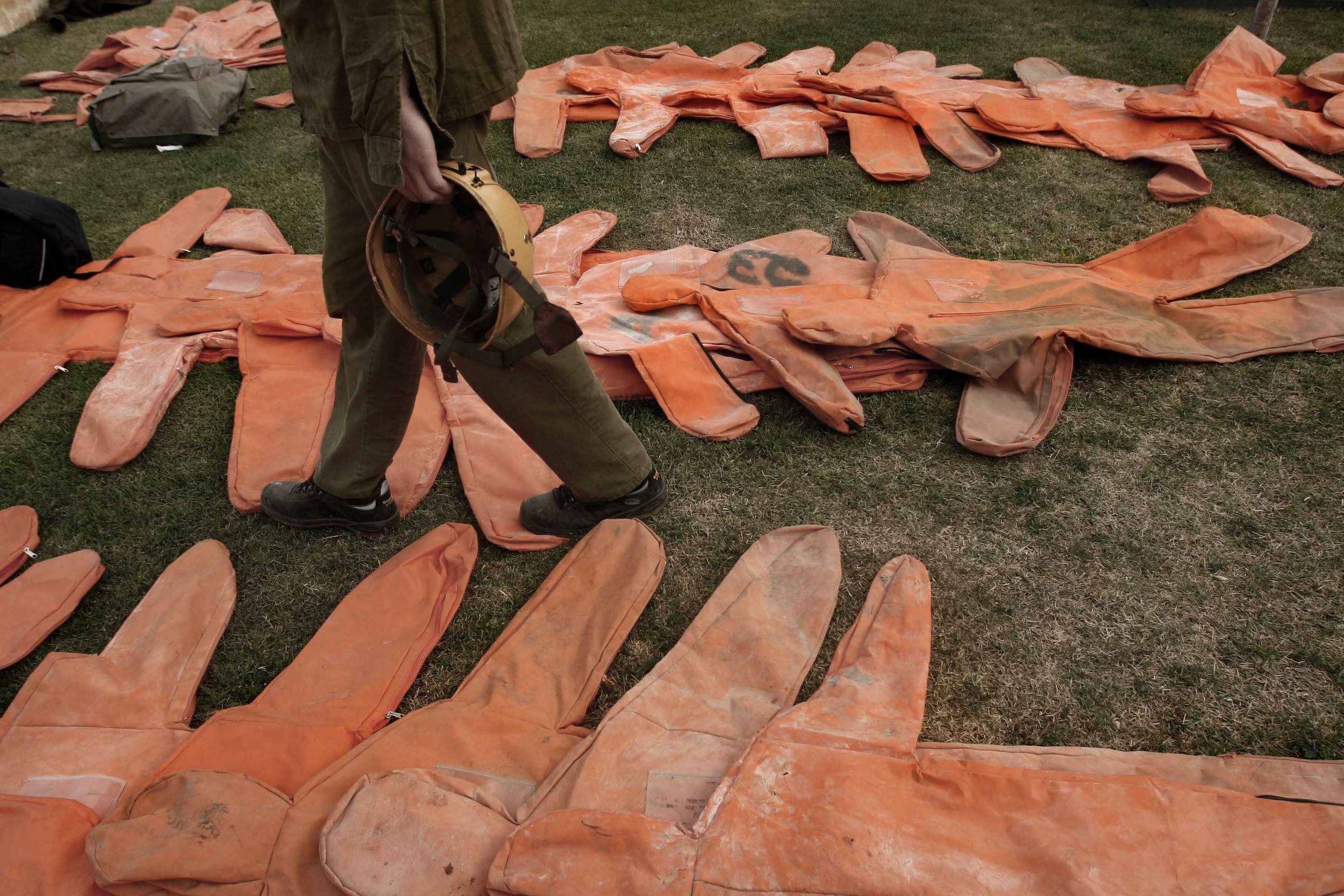The Israeli-Palestinian conflict is a long-standing and deeply complex struggle rooted in competing national and territorial claims to the same land. Following the collapse of the Ottoman Empire and subsequent British rule, the 1947 UN partition plan and the 1948 establishment of Israel led to war and the displacement of hundreds of thousands of Palestinians. Decades of conflict, occupation, uprisings, peace efforts, and cycles of violence have followed—shaping the lives, identities, and politics of both peoples.
From 2002 to 2009, I worked as a photojournalist in Israel, documenting the human dimensions of this ongoing conflict. This body of work spans years of intense violence, political shifts, and personal transformation—capturing not only moments of confrontation, but also quiet resilience and everyday life on both sides.
A significant chapter of this work includes the 2005–2006 Israeli disengagement from Gaza, during which Israel unilaterally withdrew all settlers and military presence from the territory. The withdrawal marked a major turning point in the region’s political and historical climate.
As a photojournalist working in Israel, my ongoing documentation of the Israeli-Palestinian conflict is not just a professional pursuit—it is a personal journey. This conflict has become an inseparable part of my life, shaping my identity, my understanding of human suffering, and my place within it.
Through years of witnessing and engaging with both sides, I’ve come to recognize the ways in which individuals are born into groups not of their choosing—groups that define how we see ourselves and how we see others. We seek belonging, purpose, and belief through the identities these groups offer. Yet, it is often through these same identities—through names, symbols, and divisions—that violence is justified, and humanity is forgotten.
What I’ve seen, time and again, is that the people caught in these cycles—the soldiers, the civilians, the youth—are not enemies. They are individuals, each shaped by the same yearning for peace, safety, and dignity. They are not fighting for themselves, but for constructed ideas that often betray the values of equality, liberty, and justice.
My work aims to raise awareness by humanizing those within this conflict—on all sides—and to challenge the narratives that dehumanize and divide. I strive to document not just the struggle, but the shared experience of living within systems that perpetuate suffering. In doing so, I hope to make visible the unseen truths, and to remind us all that we are more than the labels we inherit—we are human.
